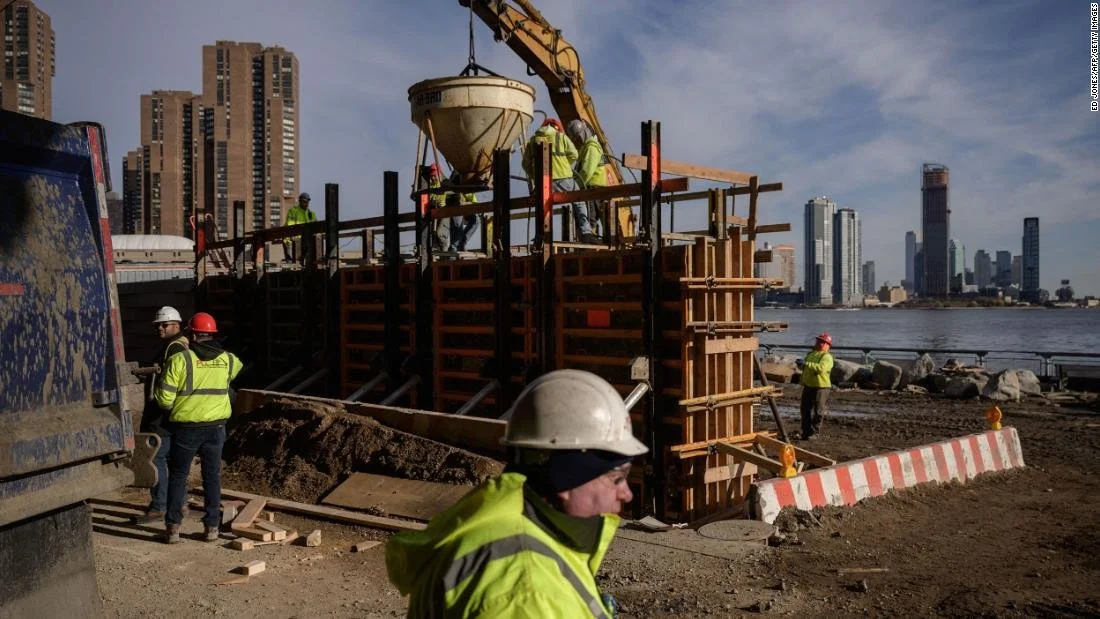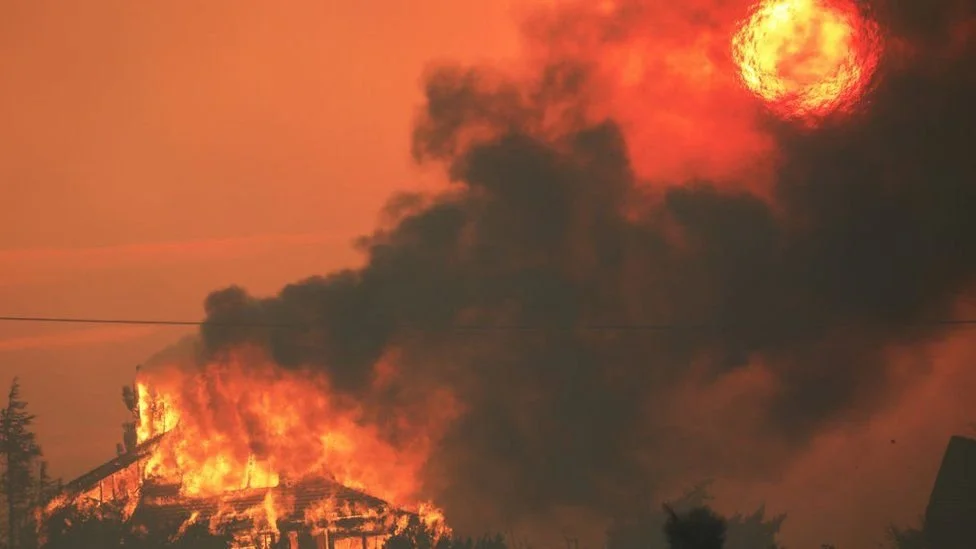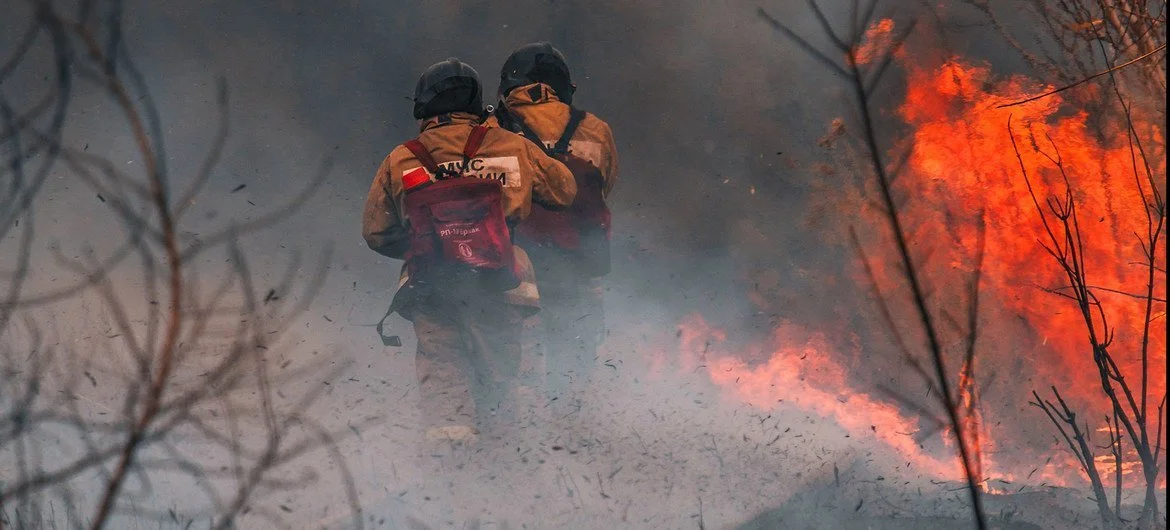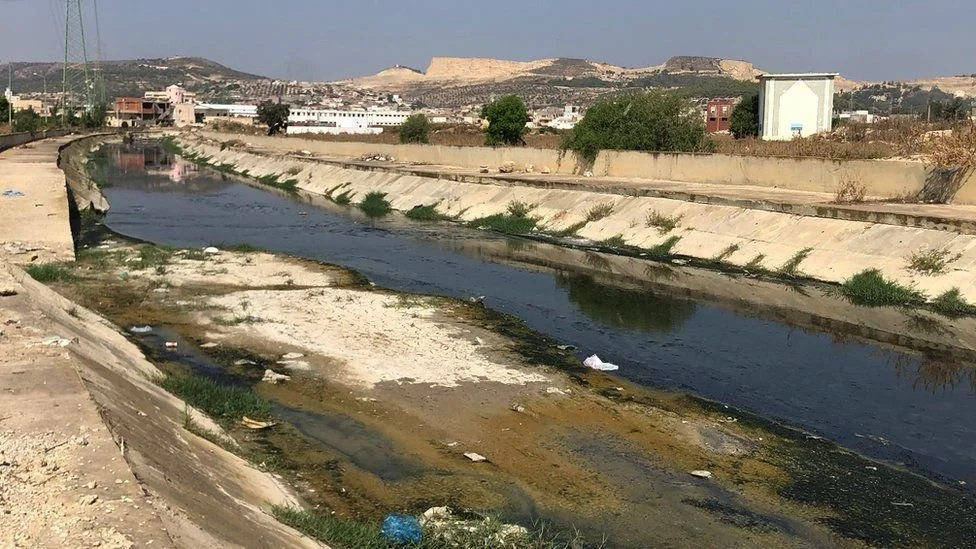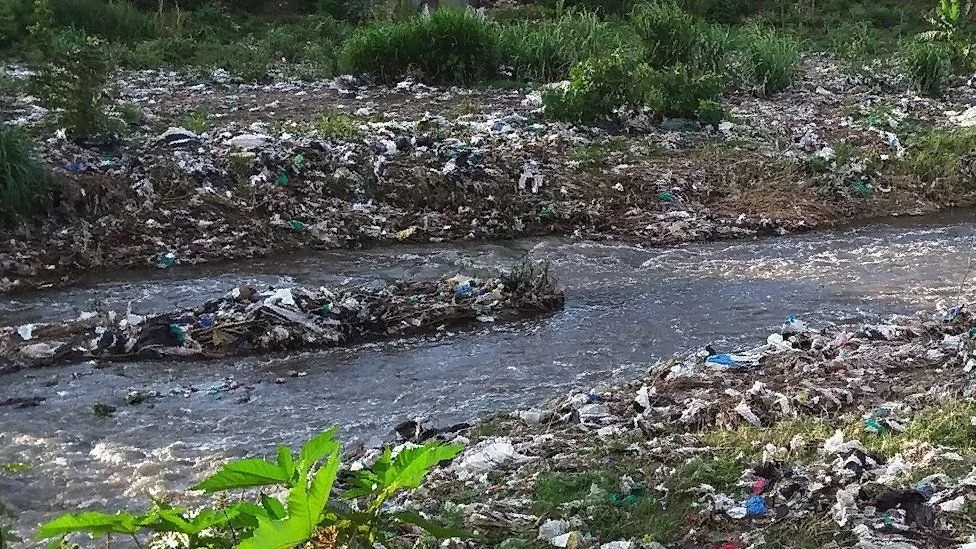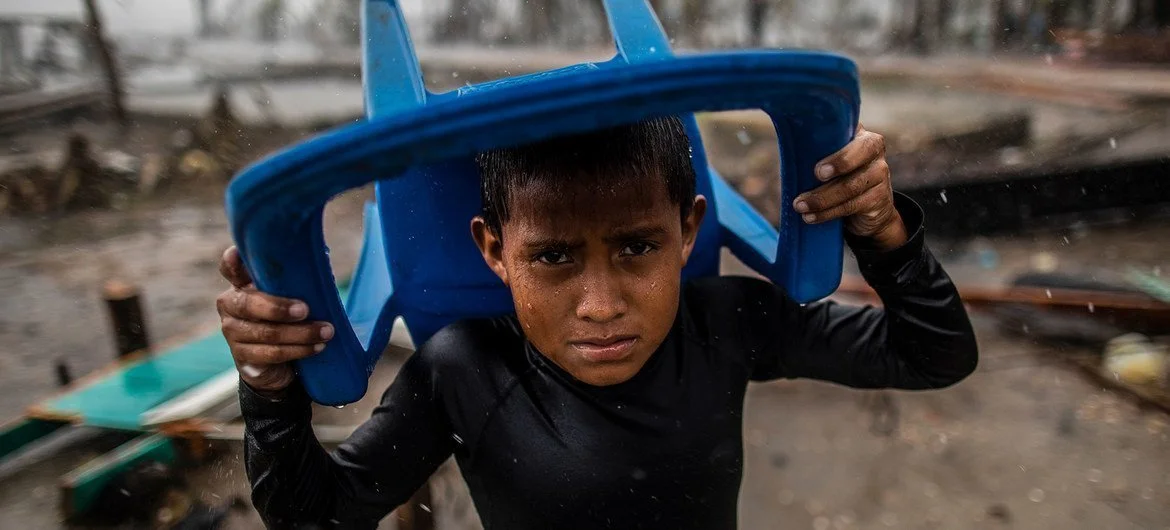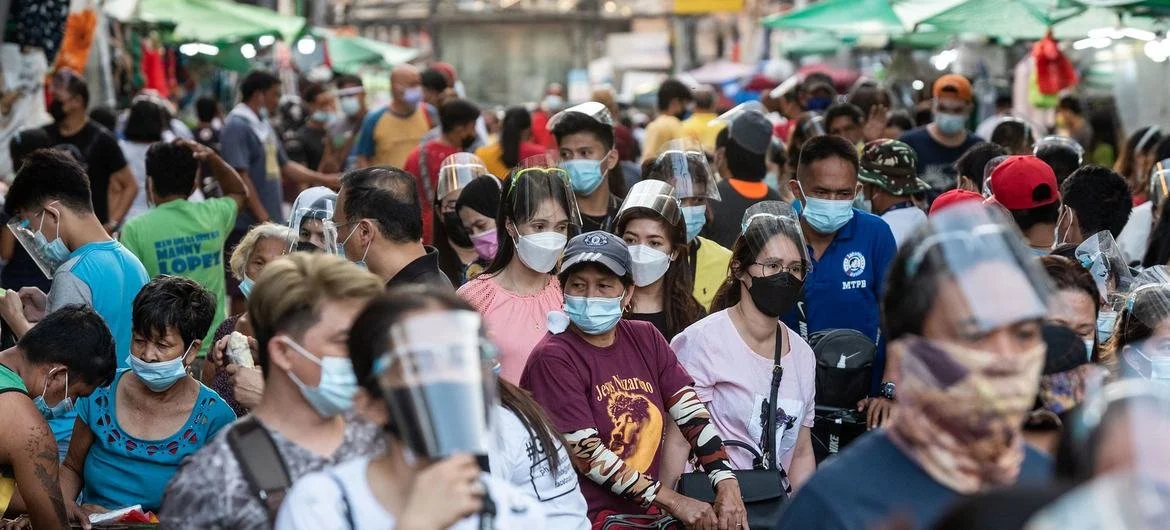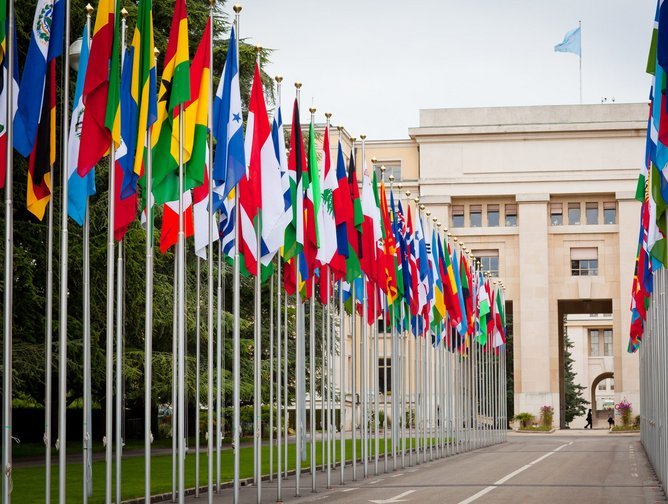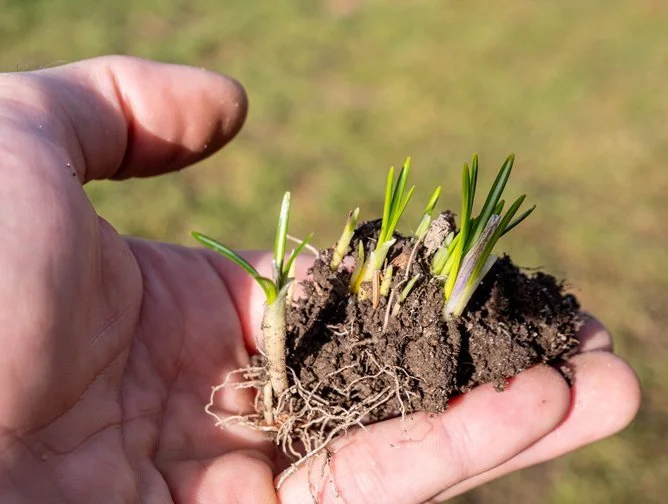Neal Ascherson
Opinion
The west fell asleep on Cold War sentry duty and thought Putin couldn’t be serious, but he was. The question remains, is Nato?
Russian President Vladimir Putin I Photograph: Andrey Gorshkov/SPUTNIK/AFP/Getty Images
War comes very early to the theatre,” said the Soviet writer Ilya Ehrenburg. “Then he stands around waiting in the wings.” This time too. For a few years, there has been something, somebody, moving in the shadow of the stage curtain. Only a few people felt they recognised it.
But language noticed. Even 10 years ago, big-power war in Europe was “unthinkable these days. Do try and keep up!” Then, somehow, it became “well, in theory, but just utterly unlikely”. So, thinkable again. Hard to say when that mental border was crossed; perhaps after the Yugoslav wars, perhaps in 2014 when Vladimir Putin annexed Crimea and sponsored proxy war in the Donbas region. And now they ask: “What sort of European war is this going to be? And how nuclear? And where will the next one start?”
History doesn’t repeat itself. It just tries to remember an old song it heard once. It may be that Putin’s 24 February 2022 will turn out to be like Hitler’s 22 June 1941 – the day he invaded Russia, doomed himself and Germany to destruction and made inevitable a divided Europe whose Cold War and barbed wire would last for half a century. But Putin isn’t Hitler. He will die a disappointed old nuisance in exile somewhere, rather than by Heldentodsuicide in his bunker. Both men qualify as psychopathic dictators, swaddled from reality in fantasies of geopolitical revenge. But Putin’s grip on the Russian imagination is weaker than Hitler’s on the Germans. And his use of police terror against his own people, though horrifying, is distinctly less effective.
All the same, that wise historian Margaret MacMillan sees one desperately important parallel. Both men have meant what they said. And in both cases they were not taken seriously until it was too late. Hitler raved on in public about getting rid of the Jews and conquering Lebensraum in eastern Europe. But the “other Hitler”, in private, could sometimes talk quite charmingly and constructively about possible agreements. Obviously, foreign visitors concluded, the public stuff was just for show while the “serious” Hitler was revealing his real mind. Diametrically wrong! The crazy speeches gave his true intentions; the sober reflections over coffee were all lies. With Putin, the west wrote off his increasingly wild talk about breaking Nato’s encirclement and restoring Russia’s dominion over post-Soviet space. He couldn’t be serious. Under the bluster, wasn’t there still that shrewd, cautious Putin with whom one could do business? But Ukraine proves the opposite. The imperial dream is what he means. The meetings with western leaders across that long table, hinting at terms for a bargain, were all fake.
At the moment of writing, Putin’s plan seems to have two stages. First, military victory, achieved mainly by isolating resistance in a few cities and then shelling them to blackened husks, as the Russians did to Grozny in Chechnya. Armed resistance might continue, especially in the hills and forests of western Ukraine. But Putin may recall how Stalin fought Ukrainian nationalist guerrillas for years after the Second World War, without letting those murderous repressions distract the Soviet Union as a whole. Next, regime change. That’s unlikely to mean some temporary junta to supervise complete abolition of Ukrainian independence and annexation by Russia. More probably, it means the installation of a puppet government in Kyiv, to run a cut-down, smaller Ukrainian protectorate pledged to support Russian foreign and defence policies.
Suddenly, the world is very dangerous again. And the real danger is not primarily mad dictators. It is uncertainty
Volodymyr Zelenskiy and Ukraine’s legal government are already targets. Russian special forces may try to kidnap the president, stuffing syringes into him and flying him to some Russian “psychiatric clinic”. Just possibly, he might not survive “an attempted escape”. In August 1968, Alexander Dubček and his colleagues in Prague were kidnapped and flown to Moscow. But that case was easier. Dubček was held guilty of anti-socialist policy – “socialism with a human face” – rather than of defending the sovereignty of Czechoslovakia. Zelenskiy stands simply for the full freedom and independence of his country. For a Russian mind like Putin’s, that is much harder to forgive. But finding cadres to form that puppet government will unfortunately not be hard.
Since independence in 1991, Ukrainian politics have been poisoned by fewer than a dozen billionaire oligarchs and their paid henchmen in the Rada (parliament). Some have even led governments. Most of them, not quite all, are at once corrupt and treacherous. They hold investments and property in both Ukraine and Russia and when in trouble they take cover in Moscow. Given enough bodyguard protection, and assisted by pro-Russian figures imported from th Donbas, such men would willingly slink into government in Kyiv.
And here history is indeed trying to remember an old song: Moscow’s obsessive wish to paralyse and subjugate the space between Russia and western Europe. A wish that didn’t begin with Putin, or with Stalin’s ring of satellites, but 300 years ago with Peter the Great and later, above all, with the Empress Catherine. Back then, the space was filled by the old Polish-Lithuanian Commonwealth, including most of western Ukraine. For many years, threats, intrigues and Russian infantry kept the country submissive. But then Poland rebelled, reclaiming its independence. In 1792, Catherine sent the Russian armies in, supported by a clutch of wealthy pro-Russian magnates in the Confederation of Targowica. They tried to govern. But a huge uprising followed and in 1795 Catherine, with Austria and Prussia, wiped Poland off the map for over a century.
Now Ukraine may face its own Targowica. But just as the great partition crime concentrated a new, militant confidence in Polish identity, it looks as if the invasion of 2022 is completing Ukraine’s transition from early self-doubt to a solid faith in Ukraine as an authentic national community.
Europe itself, woken by explosions, stumbles out into a different landscape. When we fell asleep, no longer required for Cold War sentry duty, the red lines were faded and in places scuffed away. The tripwires of military pacts hung slack and rusty. Now, suddenly, the world is very dangerous again. And the real danger is not primarily mad dictators attacking their neighbours. It is uncertainty. It is not being sure what will happen, what will be triggered, if somebody marches over the half-scuffed-away line or pushes through the sagging wire.
It’s said that the First World War began because there were too many treaties tangled across Europe. The truth, perhaps, is that there were not enough treaties, none unambiguously laying down who would go to war with whom over what. We have to repaint that red line, replace and tauten the tripwire.
If Nato governments have private reservations about Article 5 – mutual assistance by all if one is attacked – we are doomed. Die for Estonia? Yes, we must be prepared to die for Estonia and the world must be sure that we are. We know now that Putin “means it”. Do we mean it?
In the future, post-Putin, we will need to court Russia into partnership. Perhaps into Mikhail Gorbachev’s dream of a “common European home”,in which all are members of a single defence pact. But that means recognising that not all Russia’s historical grievances are propaganda. At the 1990 Berlin meeting, the Soviet side left believing that it had a statement that Nato would not extend up to its borders – in return for Soviet acceptance that the whole of a united Germany could join the pact. But later the west said that there was never any statement and brought Poland and the other post-communist states into Nato.
After the civil war, George Washington was persuaded to give Will Leslie a full military funeral.Photograph: Stock Montage/Getty Images
Jacques Faure, once French ambassador in Kyiv, says carefully: “That is not to say that … there were no such statements. But we don’t know, because there are no records or written documents.”
Putin’s claim that Nato plans to encircle and strangle Russia is absurd. But many Russians, not just the Kremlin crew, believe that their country was swindled in its hour of weakness. It’s an abscess that needs treatment.
After the civil war, George Washington was persuaded to give Will Leslie a full military funeral.Photograph: Stock Montage/Getty Images
Russians and Ukrainians will also have to find their way back together. These are two densely interlaced peoples, who have no business killing each other. A few years ago, I was taken to a graveyard in rural New Jersey, where Will Leslie, a young Scot in the British army, was buried after the battle of Princeton in 1777. Benjamin Rush, the American revolutionary who found his body, had been Will’s best friend; he had lodged for years with the Leslie family in Edinburgh while the two boys attended the university there together. Rush fell in love with Will’s sister, but she was too young for marriage and he had to return to America. When the war of independence came, the two found themselves on opposite sides. After Princeton, Benjamin went looking for Will and discovered him in a cart, where he had died of wounds. He persuaded General Washington to give him a full military funeral, and sat down to write a heartbroken letter to the Leslies in Edinburgh.
Scots and Americans were no further apart in 1777 than Ukrainians and Russians are today. Somewhere among the ruins, a silent Serhii is looking down on a dead Vadim, who once shared home and college and friends with him in St Petersburg. This conflict has the special horror of civil war between brothers. But by the time we say “Never again!”, it is always too late.
Neal Ascherson is a journalist and writer











